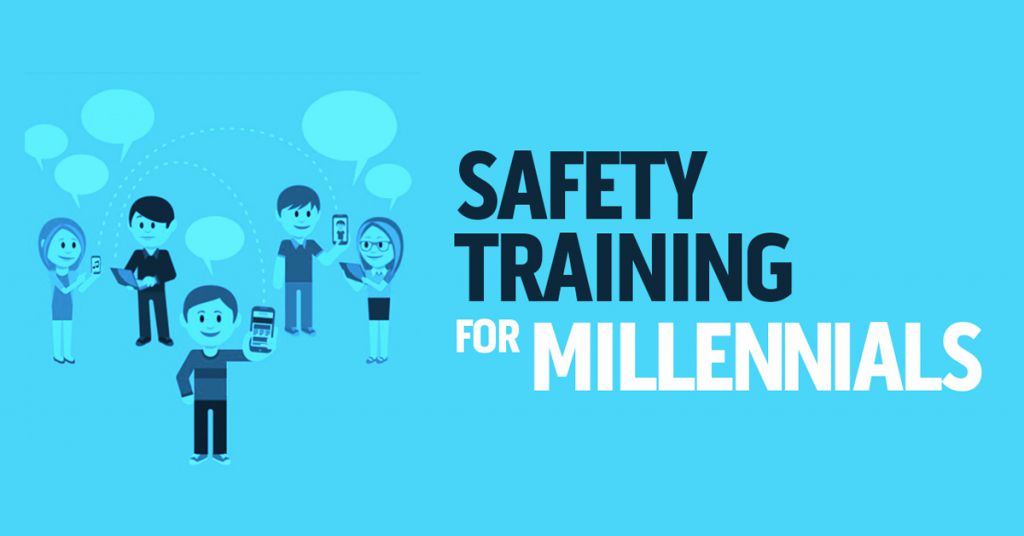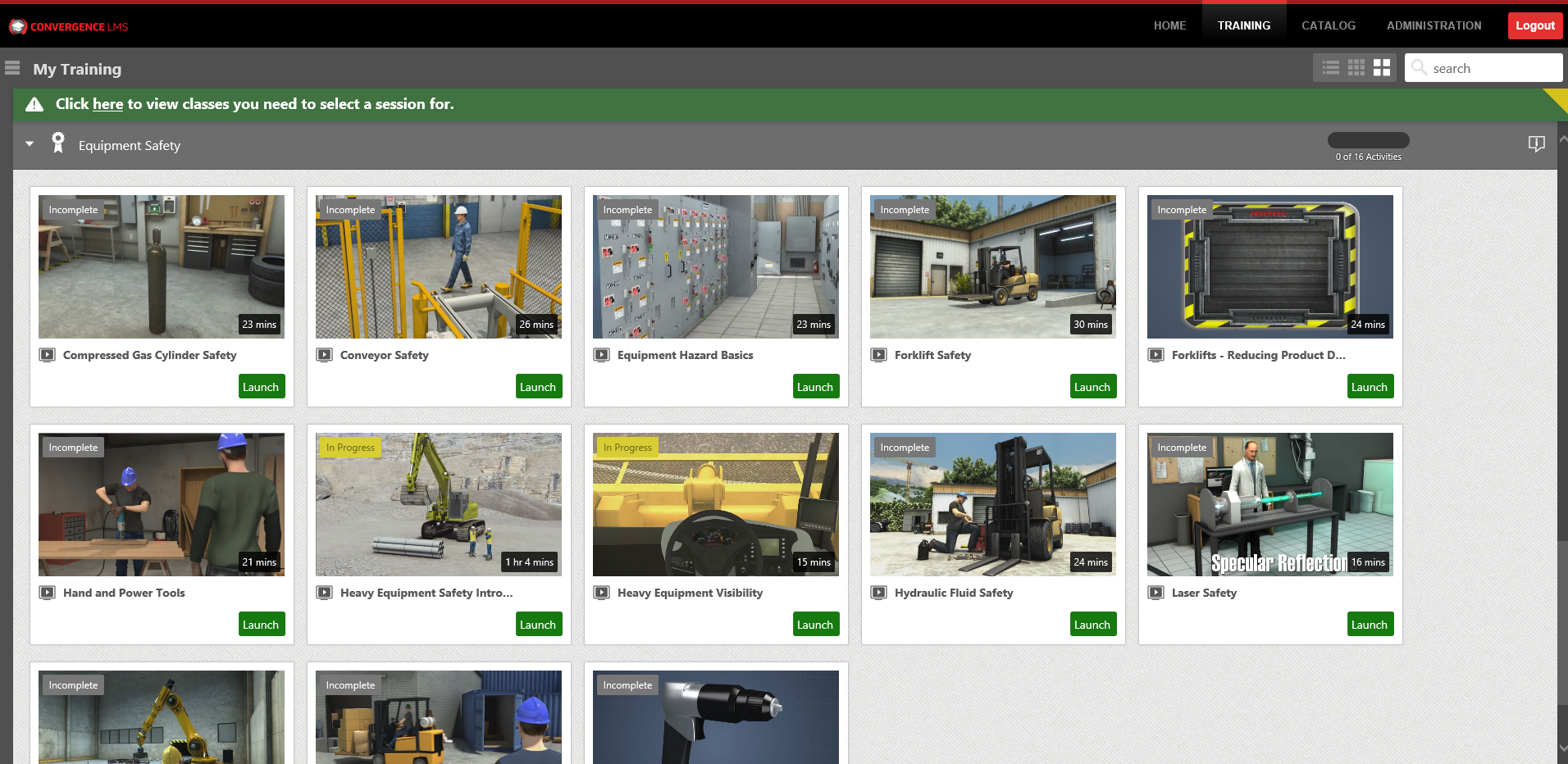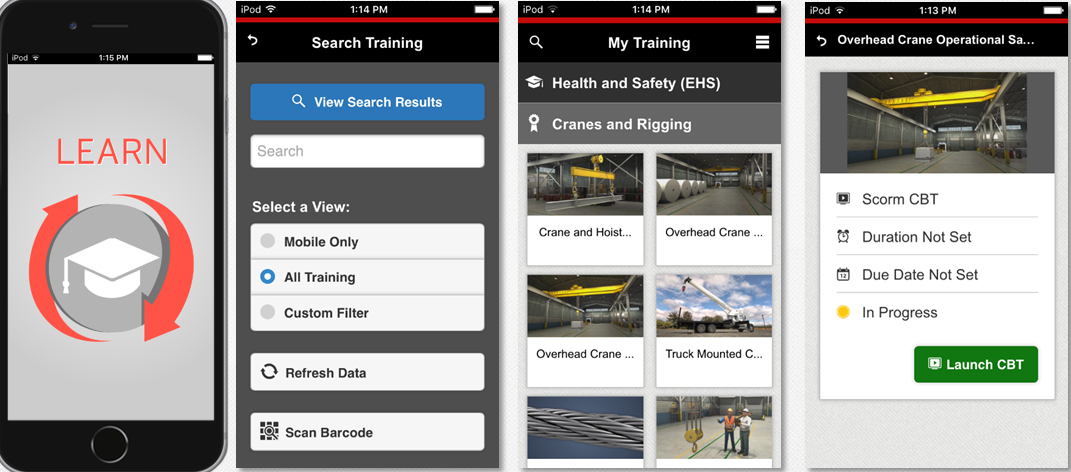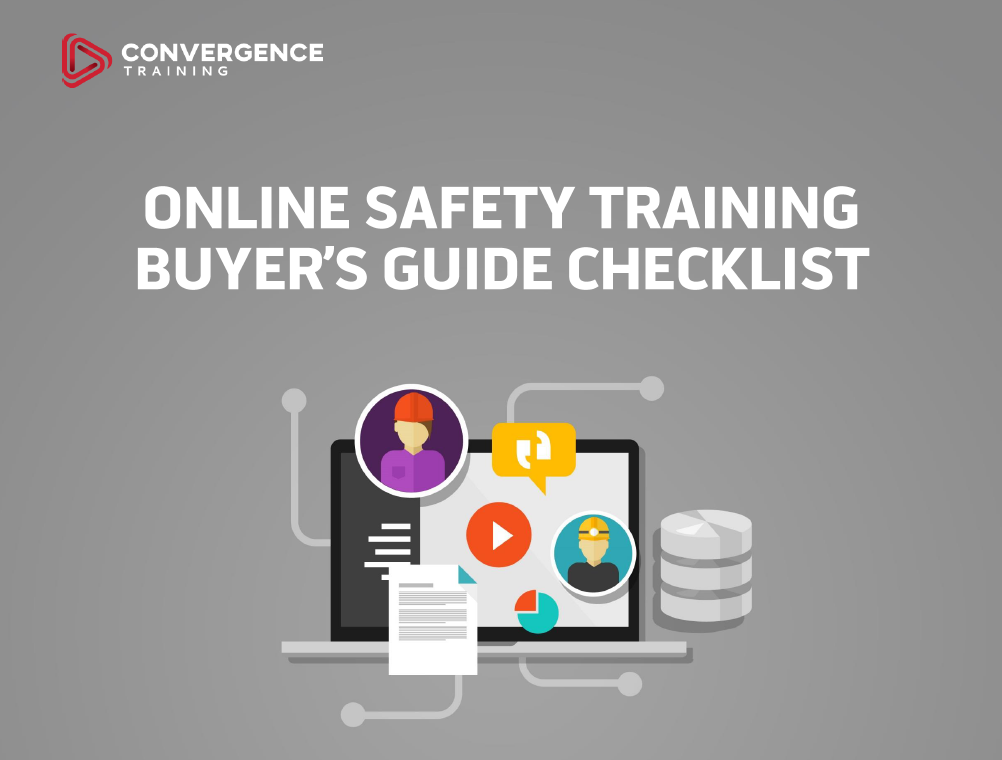
We’re in the middle of a big generational change in the United States.
The Baby Boomers are retiring and leaving the workforce. And a new generation, the Millennials, are entering the workforce.
(Quick facts: Millennials were born between “the late 70s” and “early 2000s” and there are somewhere around 75 million of them in the US–more than the number of Baby Boomers. Read more about Millennials here).
It seems you can’t go anywhere without hearing or reading about Millennials, how they’re different than other generations, how they’ll change things, and how to best interact with and communicate with them. Honestly, I think some of this is exaggerated and are straight-up wrong. I’ve got two daughters who are Millennials, their friends are Millennials, and I seem to be able to communicate with them. They’re MILLENNIALS, not MARTIANS, right? And I’ve seen lots of others pushing back on this idea that millennials are some inexplicable, alien life form as well.
But on the other hand, it’s true they’ve lived different lives, have had different experiences, and have different expectations and desires than some of the rest of us do. At work, that will manifest itself in many ways, and one of those is the kind of safety training they’re going to expect, appreciate, and benefit from.
So without wading too deep into the murky philosophical waters of asking “What defines the Millennial generation?,” let’s take a look at a few simple things you can do to make your safety training better for this new generation.
- Learning Management Systems
- Online Safety and Health Training Courses
- Incident Management Software
- Mobile Safety Training Apps
Better Safety Training for Millennials
One thing we’ve learned about Millennials through studies is that they highly value safety at work. That makes sense for a generation that grew up with 9-11, Hurricane Katrina, the search for Osama bin Laden, and more.
So what can you do to tailor your safety training program for this new generation of workers? One thing you can do is look at how safety training is delivered, viewed, and completed.
This is a generation that has been using computers, the Internet, and mobile devices such as smart phones for much of their lives. It’s fair to think of them as digital natives. That’s a good place to begin thinking about this.
So how to appeal to them as a safety training manager? Let’s look.
The Online Safety Training Option
You (or perhaps your parents) and I may still remember a time before the Internet was everywhere, but that’s not so much the case for Millennials. They’re lived most of their lives in the Internet era, they spend a lot of time on the Internet, they’re comfortable with the Internet, and they expect things to be on the Internet.
If you’re not using a safety training system at work that’s on the Internet, and if your employees can’t view and complete at least some of the training online, the first thing they’re going to wonder is: why?
Get them a a safety training system that they can log into and view online. Let them complete some of their safety training online as part of a blended learning solution, and let them go online to check their training progress for all training too (even the stuff that occurs in classrooms and in the field).
An online safety training system like the one shown below is what they’re going to expect and want. Note that this isn’t just online, it’s presented in a Netflix-like style that will be familiar to many millennials.

The Engagement Expectation
What about the safety training materials themselves?
Are you doing ALL your safety training with boring classroom lectures?
Snooze…
Or are you asking your workers to watch safety training videos from the 1980s or even 1970s?
Really?
This is a generation that grew up playing video games and watching 3D movies. A good number of them may go home and play them tonight. And you know how visually exciting and lifelike those games are. And even if your Millennial workers aren’t gamers, they’re certainly used to high-quality video entertainment. Let’s face it, most of them can use their phones to make better videos than a lot of the safety training videos out there.
You’re going to need to up your game if you want to get and keep their attention. Engaging safety training videos like the sample below is the way to do it.
Want to see more? Click to see samples from specific online safety training courses.
Short and Sweet
There’s a lot of talk and writing about what the Internet and social media has done to our brains and our ability to focus attention for a long period of time.
I’m not a scientist and I want to side-step that issue (plus, I’ve seen some research debunking it). But IT IS definitely worth recognizing that Millennials are used to consuming media in short bits. What’s the longest cat video you’ve ever seen on Facebook–a minute or two? You get my point. So it really doesn’t matter if anyone’s brains have been changed, expectations certainly have.
So, keep your training short. When we create safety training, we keep the online courses short and we separate them into even shorter screens, typically 30-60 seconds long, like in the sample from an online machine Guarding training course below.
This makes it easier to refer back to a specific part later, too.
Note: Instructional designers call this “chunking.” Check our review of chunking here and our article on chunking in safety training here.
Make it Mobile
What’s the first thing you think of when you read the word Millennial? Is it the word phone? If not, do phones and mobile devices at least come to mind pretty quickly?
There’s a reason for that, even if it’s often exaggerated to the point of stereotype. Many Millennials have smart phones and mobile devices. And they use them. And they expect to use them.

If you’re safety training system isn’t online, you’re already way behind the curve. But even online training that’s not available via mobile devices (and optimized for viewing with mobile devices) is not up to snuff for this generation. Remember, they do a lot of stuff with their phones. They’re going to expect mobile safety training, too.
Make sure your safety training system includes mobile compatibility that allows your workers to easily search, launch, view, complete, and even later refer to their safety training materials, as the mobile safety training apps below demonstrate.
Seriously Social Safety Training
Social media. Perhaps you’ve heard of it?
Here are a few reminders: Facebook, Twitter, YouTube, LinkedIn, Pinterest, and Instagram. And that’s just the stuff that folks “of a certain age,” like myself, use and are familiar with.
Millennials use a lot more, like Tumblr, Snapchat, and others I’ve never heard of 🙂
And there are even ones specially made for the workplace, like Jive, Trello, Slack and the brand-spankin’ new Workplace (by Facebook).
And what are these Millennials used to doing with those social media tools? They create content, they share content, and they comment on content. In short, they collaborate.
They’re going to expect to be able to do the same kind of things at work. Remember, they’ve got smart phones that are powerful computers and can take great photos and videos. This can become a useful part of your safety training. And they’re going to have job-specific knowledge that you (as a trainer) and even their supervisors don’t know. If you insist on making safety training a one-way conversation that flows from the top down, and if you refuse to open a dialogue and bring these social tools into play in safety training, you’ll not only lose some of the respect of your Millennial workers, you’ll also lose some valuable opportunities for your company to learn more and to be safer. Plus, you’ll ultimately lose your employees, who will move on to a different company that recognizes that the times have changed.
Check this article on the 70/20/10 workplace learning model for more on the importance of helping to facilitate the sharing of knowledge, including safety knowledge, at work.
Some Future Trends for Safety Training
The items we listed above should give you plenty to start thinking about.
But times and technology are changing quickly. And with them, we’ll also see changes in expectations and in safety training to match.
For example, keep your eyes out for safety training that incorporates augmented reality, often called AR, and virtual reality, often called VR.
Learning management systems, known as LMSs, will begin to work with the new learning standard x-API and with learning record stores, known as LRSs.
And this brand-new report by Josh Bersin suggests corporate learning is going to increasingly look something like today’s TV does.
So remember to always focus on creating effective training that’s based on how people learn and designed for how people learn, take advantage of online safety training and other training technologies for safety training when appropriate, and keep your eyes on emerging technologies and other ways to continually improve your safety training at work.
Conclusion: Safety Training for Millennials
What thoughts do you have about safety training for Millennials? What do you think about what we said above? What else should we have mentioned? Share your experiences and thoughts below…we’re looking forward to it!
In the meantime, please feel free to download our free online safety training buyer’s guide checklist, below!

Online Safety Training Buyer’s Guide Checklist
Learn how to evaluate the different online safety training solutions that exist to find one that best fits your company’s needs with our FREE informative guide and checklist.
Excellent article. I agree that as safety professionals we must change with the times. The thought occurred to me that getting millennials involved with the making of safety videos might be a great way to get their buy in and enthusiasm for safety.
Glad you liked it, David.
I agree–it’s a great idea to get employees involved in training content production and in sharing their own knowledge, and obviously these younger workers are (in general) going to have some video production skills.
Very timely Jeffrey
Nick, glad you found something helpful there. Have a great day!